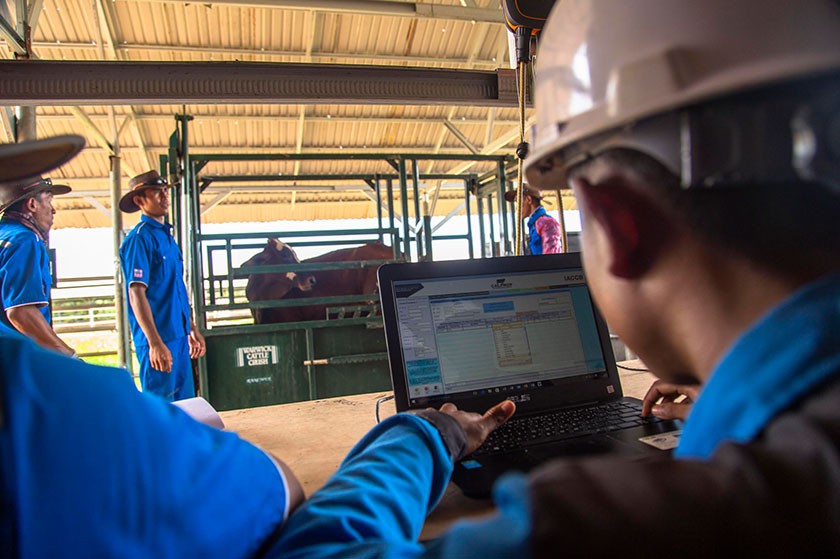New Projects Target Profitability
With the profitability of Australian and Indonesian operators crucial to the sector’s economic future, the Partnership has launched two important projects to drive long-term gains.
In response to the coronavirus pandemic, improved profitability for beef producers and processors has been identified as a key issue for the red meat and cattle sector’s short-term recovery and long-term prosperity.
Through its specialised industry Reference Groups, the Partnership has pinpointed two critical pathways to secure profitability gains for red meat and cattle enterprises in both Australia and Indonesia - value addition and digital efficiencies.
At a meeting on the 30th of January 2020, the Partnership’s Australian and Indonesian Co-Chairs endorsed these new projects that explore market expansion into value-added beef products and how to apply digital technologies to the red meat and cattle supply chain.
BEEF PROCESSING AND MARKET OPTIONS FOR INDONESIA
The first project aims to examine more profitable processing and marketing options for supplying Indonesian beef products into domestic markets and select international export destinations.
The Partnership’s Supply Chain and Innovation and Export Reference Groups have engaged a specialist advisory company to provide answers to the following questions:
• What are the obstacles and opportunities for Indonesia to competitively produce value-added beef products for both domestic and international markets?
• Can value-added beef products or derivatives be produced and sold into high-value markets, and what is Indonesia’s capacity to supply to these international markets?
• Is there unrealised potential for beef products from Australian cattle to be sold into the Indonesia market and, if so, what facility upgrades would be required to achieve this?
The project builds on a study funded by the Partnership in 2017 to assess the feasibility of a beef processing bonded zone for Indonesia.
The work will include detailed analysis of the eight export destinations identified in the bonded zone study—Singapore, Brunei, Cambodia, Lao, Myanmar, Viet Nam, the Philippines, and China—and aims to identify the three most likely target markets for value-added Indonesian beef products.
This assessment will examine the investment required to produce potential products, export challenges, minimum facility and infrastructure requirements expected by the target countries, and the ongoing financial viability of the export program.
The results of this study will be communicated in late 2020.
DIGITAL TECHNOLOGY IN THE RED MEAT AND CATTLE SECTOR
The second project, which commenced in 2020, will assess potential efficiency gains to be made through existing and emerging digital technologies relevant to the red meat and cattle supply chain.
Australia has made significant progress in applying digital technologies to production requirements and live cattle marketing, while Indonesia has progressed rapidly in the online sale of beef and beef products at the retail level.
Under the direction of the Partnership’s Innovation and Export Reference Groups, the project aims to improve the profitability of beef producers and processors in both countries by raising awareness of technologies that can deliver production and marketing efficiencies.
The initial focus of the project will be on post-farm-gate innovations in Indonesia, with lessons and innovations from China and New Zealand to be assessed for their applicability to beef enterprises across the archipelago.
The project began with a literature review and the mapping of recent technological innovations in the red meat and cattle sector. Its findings will be communicated in late 2020.
For more information on the Partnership’s development projects, visit https://www.redmeatcattlepartnership.org/project/4/innovation-and-export









